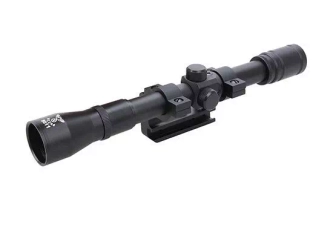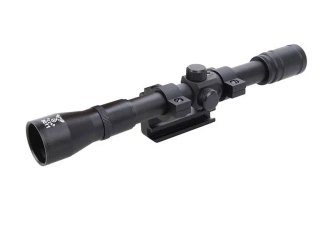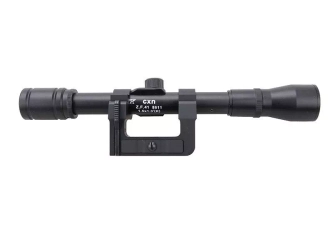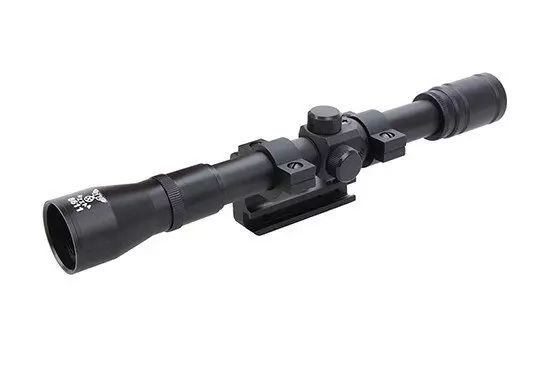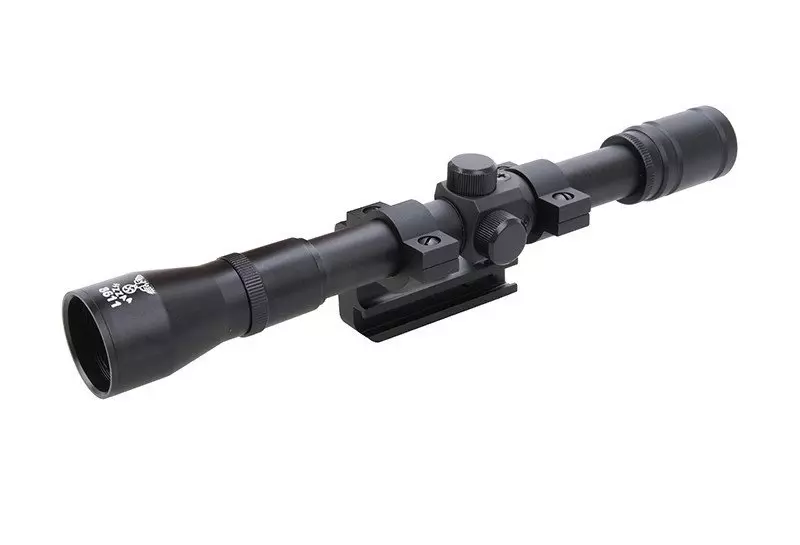- Aumento: 1.5 x
- Diámetro de la lente: 20 mm
- Tipo de retícula: Retícula nº 1
- Peso: 340 g
- Fabricante: G&G
The product does not constitute ballistic protection and has no other protective properties. It is not intended for use in protective purposes, including during tactical/war/ASG games.
The use of the product for ballistic protection and/or for other protective purposes, including the use during tactical/war/ASG games, is the use of the product contrary to its intended use, in which case the buyer does so solely at his own risk.
The vendor is not liable for damage to the product, that might result from the use of the product contrary to its intended purpose, this also applies to all possible health consequences (bodily harm) for the user (buyer) or damage to property. Moreover, a misuse of the product will void the warranty on the product.
The vendor is liable to the buyer under the warranty for product defects (in the event of such defects) only if the buyer/user uses the product for its intended purpose, i.e. for purposes other than protective purposes, including the use during tactical/war/ASG games.
The lack of any protective properties of the product is a feature, not a product defect, and therefore it does not constitute a physical defect of the product within the meaning of the Polish Civil Code.
Réplica red dotuna ópticapara réplicas G980
Réplica red dot una óptica para réplicas G&G G980 estaba hecha, como la original, de metal. Se trata de un modelo basado en los visores ZF41, que fueron utilizados habitualmente, entre otros, por el ejército alemán durante la Segunda Guerra Mundial.
En esta construcción histórica de réplica se utilizó una de las retículas más antiguas, la llamada retícula nº 1, utilizada primero por los francotiradores y, después de algún tiempo, también por los cazadores
Powiększenie teoretyczne. Zależy od użytego okularu, okulary zaś są wymienne, co daje możliwość uzyskiwania różnych powiększeń. Można je obliczyć dzieląc ogniskową obiektywu przez ogniskową użytego okularu. Podane powiększenie to maksymalne możliwe do uzyskania w konfiguracji, w jakiej teleskop jest dostarczany; nie uwzględnia dodatkowego powiększenia, jakie uzyskać można dzięki soczewce Barlowa czy odwracaczowi obrazu. Nie bierze pod uwagę ograniczeń dla powiększenia generowanych przez atmosferę ziemską i występujące w niej obiekty.
